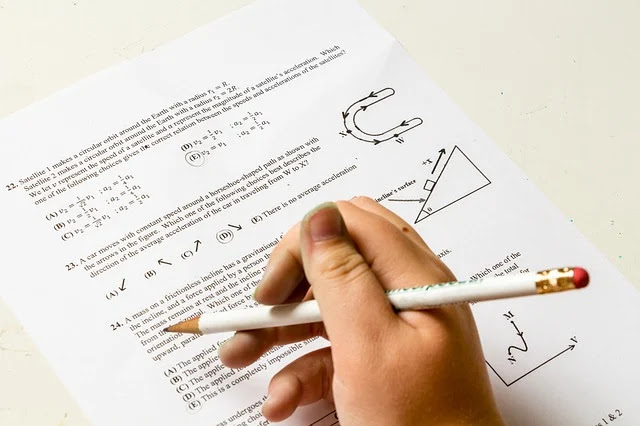Srinivasa Ramanujan - A True Mathematician
Every year we celebrate National Mathematics day on 22nd December in his memory.
The Math Prodigy
At 10:
Ramanujan entered Town Higher Secondary School & encountered formal mathematics for the first time.
At 12:
Conquered the world of Trigonometry by discovering his own theorems.At 14:
Lauded with merit certificates and academic awards.Awakening the Genius
At 16:
Ramanujan came across the book 'A Synopsis of Elementary Results in Pure and Applied Mathematics', a collection of 5,000 mathematical theorems.This book is widely recognized as a key element in awakening his genius, even earning him a scholarship at the Government Arts College of Kumbakonam.
Striving for Success
Without a formal degree, Ramanujan is said to have dropped out of college to research on his own, living in stark poverty.
At 23:
With support from renowned mathematician Ramaswamy Iyer, he scored a job clerking at the Madras Port Trust.
The Famous Letter to G.H. Hardy
Ramanujan took to theoretical mathematics in his spare time at the office.
In 1913, when British mathematician G.H. Hardy asked for a sample of Ramanujan's work, he attached 120 theorems in his reply!
It took over 2 hours for Hardy to analyze the letter & digest his mathematical proficiency.
The Self-taught Luminary
At 31:
Ramanujan became one of the youngest members of Britain's Royal Society & the first Indian to be elected as a Fellow of Trinity College, Cambridge University.
with over 3900 mathematical theorems & equations, numerous buildings & streets named after him, Ramanujan's prowess in mathematics remains profound.
Ramanujan's Deathbed Puzzle
In 1920, Ramanujan wrote a letter to his mentor, English mathematician G.H. Hardy, mentioning A Cryptic Formula that he believed came to him in dreams while on his deathbed.
In 2012, American researchers claimed to have solved the puzzle & were stunned to find the function could be used even today.
Hardy-Ramanujan's Number?
The number 1729 came to be known as the Hardy-Ramanujan number after G.H. Hardy visited Ramanujan at a hospital.
As Hardy called his taxi number 1729 "dull", Ramanujan exclaimed it was "the smallest number expressible as the sum of two cubes in two different ways." as the sum of cubes of 1, 12 and also 9, 10.


Very nice 😀😀
ReplyDeleteThank you.
Delete😎👍
ReplyDeleteThank you 🙂
DeleteIss blog ko bahut aage badhaya jaaye.... Aacha Content hai
ReplyDeleteEncouraging words ke liye Thankiew so much Shwetabh23
DeleteReally nice 🤗🤗👍👍
ReplyDeleteThankiew 😊😊
DeleteThankiew so much 😊😊
ReplyDeleteVo sabto thik hai lekin yaayaavar Nam😂😂
ReplyDeleteVisit Profile 😜😅
DeleteNice...✌✌
ReplyDeleteThank you !!
DeleteKeep it up brother, nice blog ;)
ReplyDeleteThank you brother !!
Delete